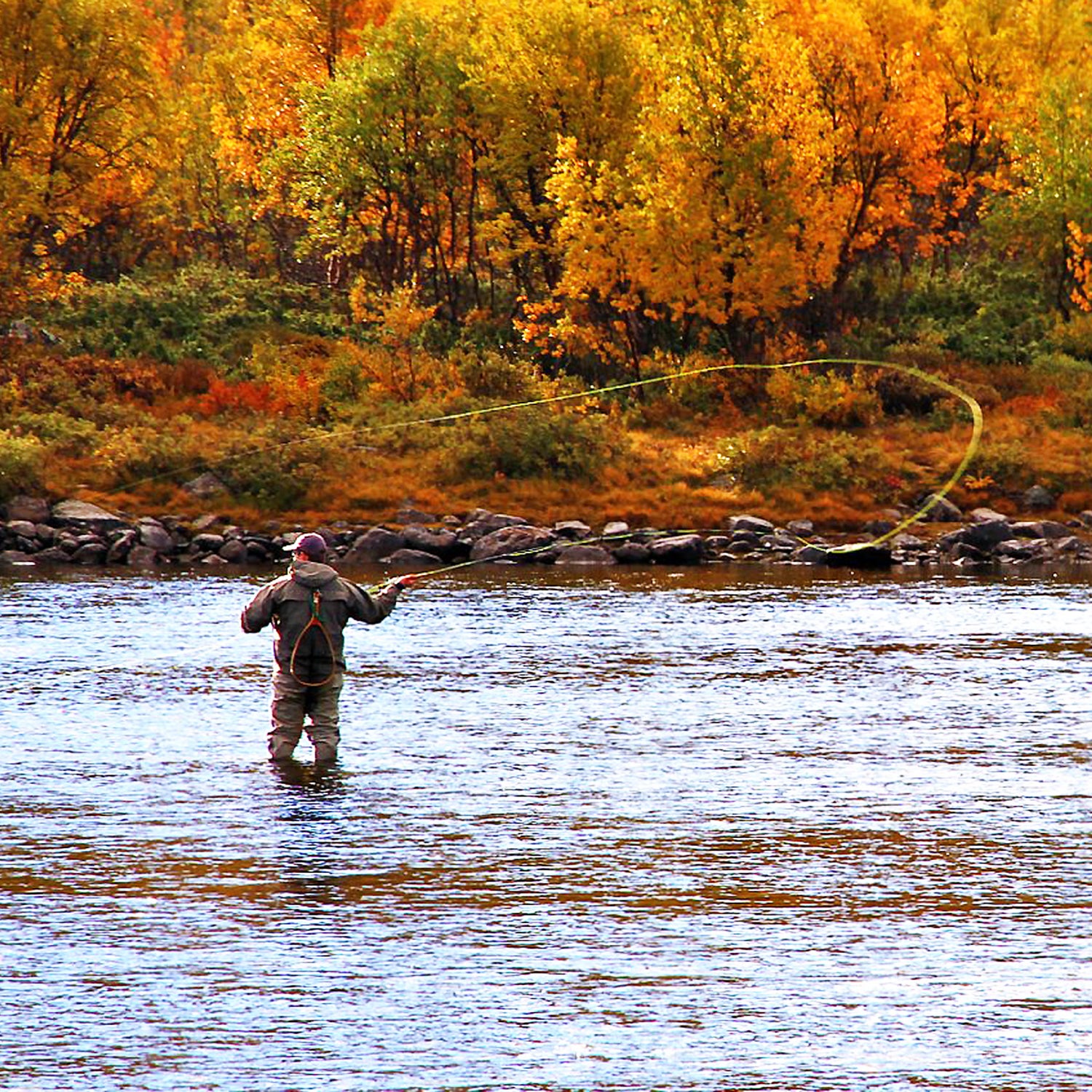The short answer: Absolutely. For a detailed breakdown of inexpensive, beginner-friendly fly-fishing gear, I contacted my friend Ryan Allred, owner of . Allred’s worked as a guide for 20 years and holds a master’s degree in environmental science with an emphasis on fisheries.
Here’s the gear he recommends to get you into the sport:
Redington Path Combo ($170)
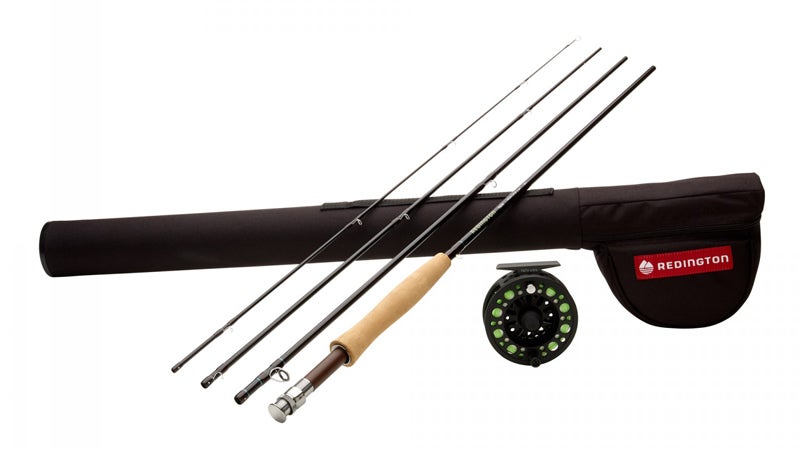
Beginners should build their first kit from combo packs that come with a reel and a rod, says Allred. “They take the guesswork out of rod and reel compatibility.” Look for inexpensive graphite rods like the , which has enough stiffness and action to work well for a beginner.
The good news: Technology from high-end rods has trickled down to the cheaper models. “The great thing about rods is that the low-end graphite rods would have been top of the line 15 years ago. They are way more fast-action,” says Allred. The main difference between a low- and high-end graphite rod nowadays is weight. A seasoned angler will notice the difference between a few ounces, but a novice won’t.
Redington Crosswater Waders ($110)
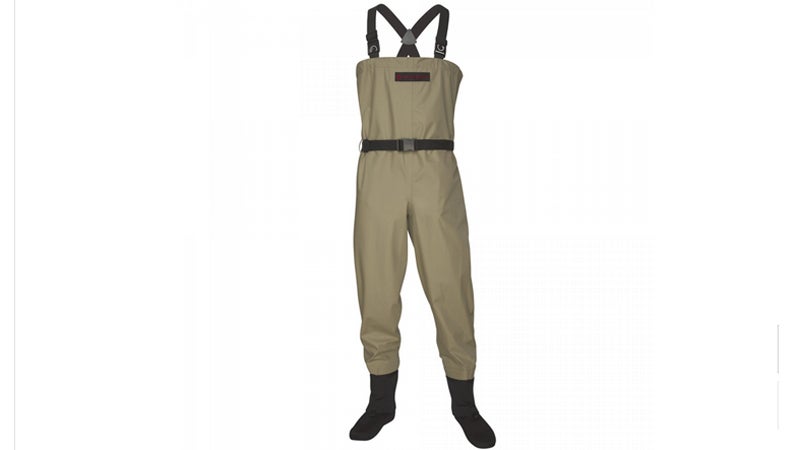
“If you’re fishing in the fall, you’re definitely going to want waders,” Allred says. You can spend upwards of $600 on a single pair, but a simple waterproof-breathable version such as the will keep you comfortable while fishing in November. Just remember to layer properly.
Simms Rock Creek Boot Felt ($100)
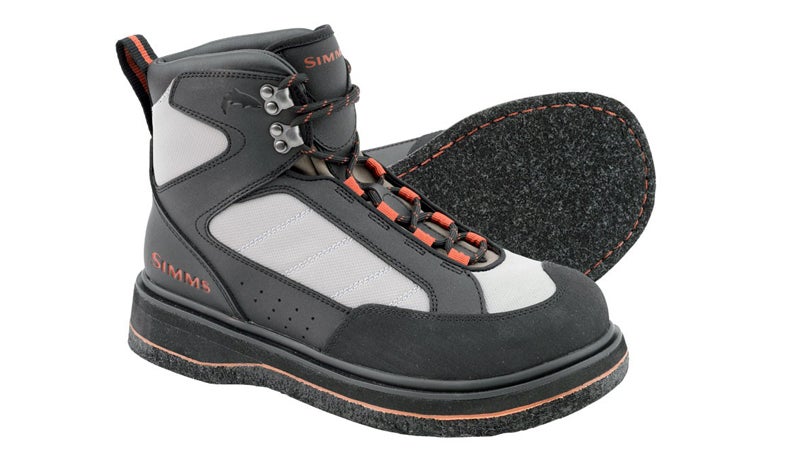
Felt boots can be a sticky subject, says Allred. Why? They’re often the like zebra mussels, which can get stuck in the felt. But felt grips wet, slippery rocks better than rubber, and the more control you have while walking in the river, the more fun you’re going to have fly-fishing. The is waterproof and lightweight—perfect for small creeks and low-volume water. If you stick to one body of water, you don’t have to worry about moving invasives. But if you venture farther from home, go with rubber soles instead.
Leaders and Flies ($30)
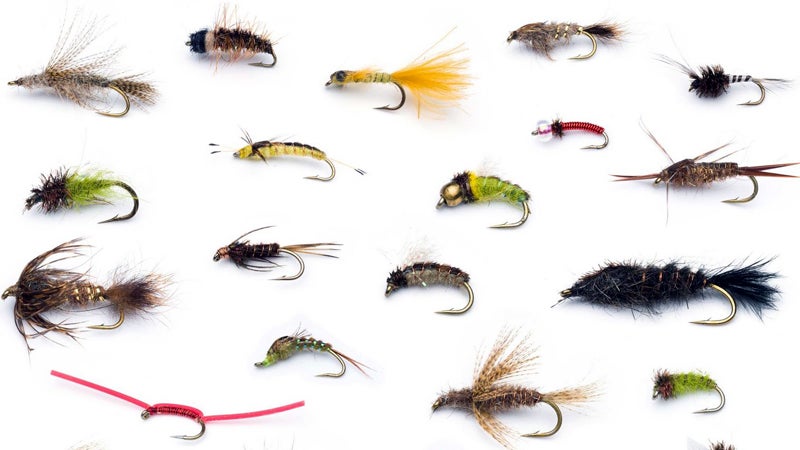
Go to a local fly shop to see what works in nearby fly-fishing spots. “That way you can guarantee that you are in the right ballpark,” says Allred. Don’t be timid about letting staff know you’re a beginner; they’ll be able to dial in your needs even better if they know your skill level.
Hack the Rest
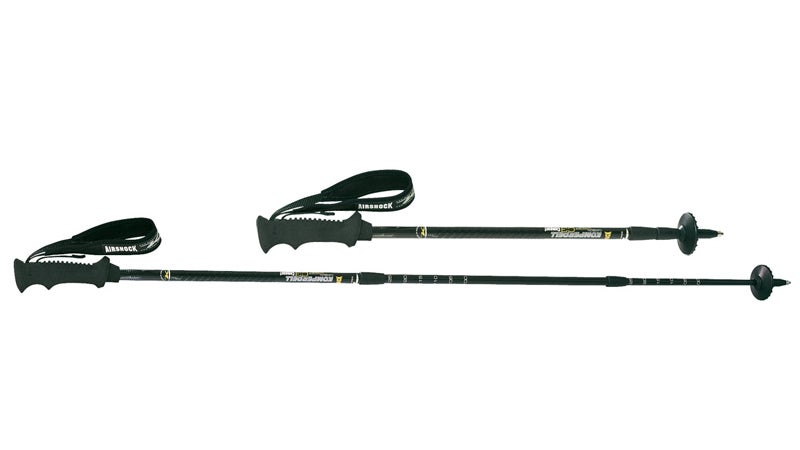
So now you have a rod, reel, waders, leaders, and flies—and you still have $90 left over. While there are many gadgets you can get for fly-fishing, Allred recommends taking a simple approach to start. Instead of a fishing vest, use an old fanny pack; it will be equally useful to a novice. While a can be nice, an old ski pole or well-chosen stick will do the trick just fine.
Pro Tip
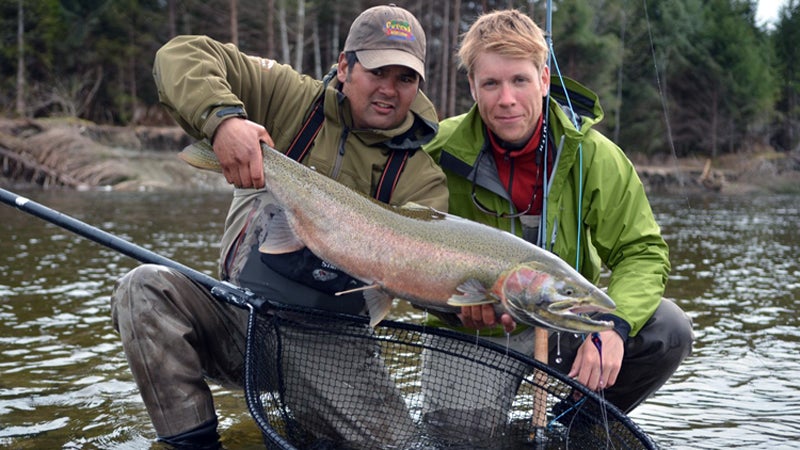
Even though you’ll exceed your $500 budget, Allred recommends hiring a professional fly-fishing guide for your first time on the water. “You can learn more in one day from a guide who’s good at teaching how to cast than you can on your own in five years of being a weekend warrior,” Allred says. When researching guides, look to see if they’re . This will guarantee that the instructor will be able to help you improve your cast. Group casting classes are also a good option, but a personal guide will help you dial in your local river.


